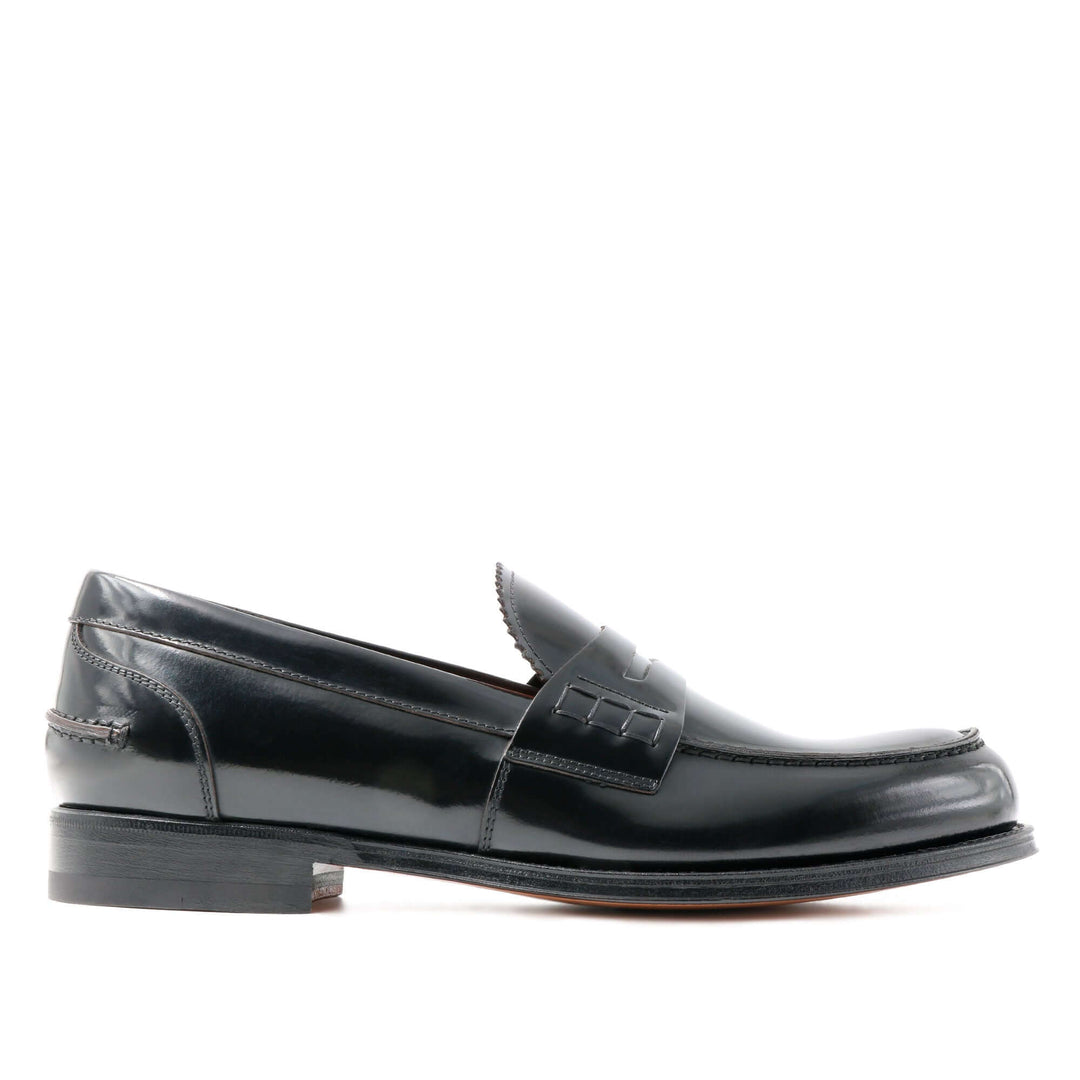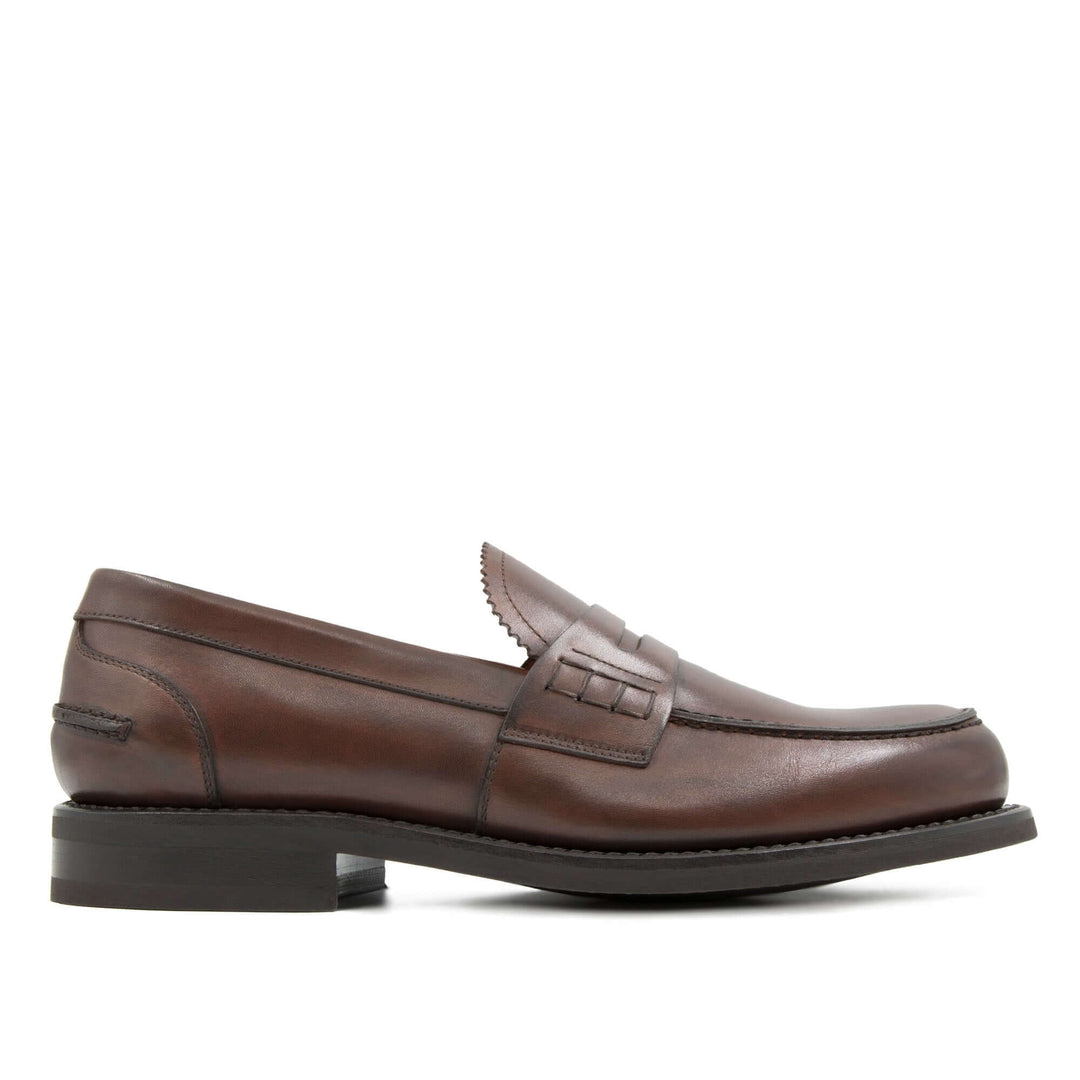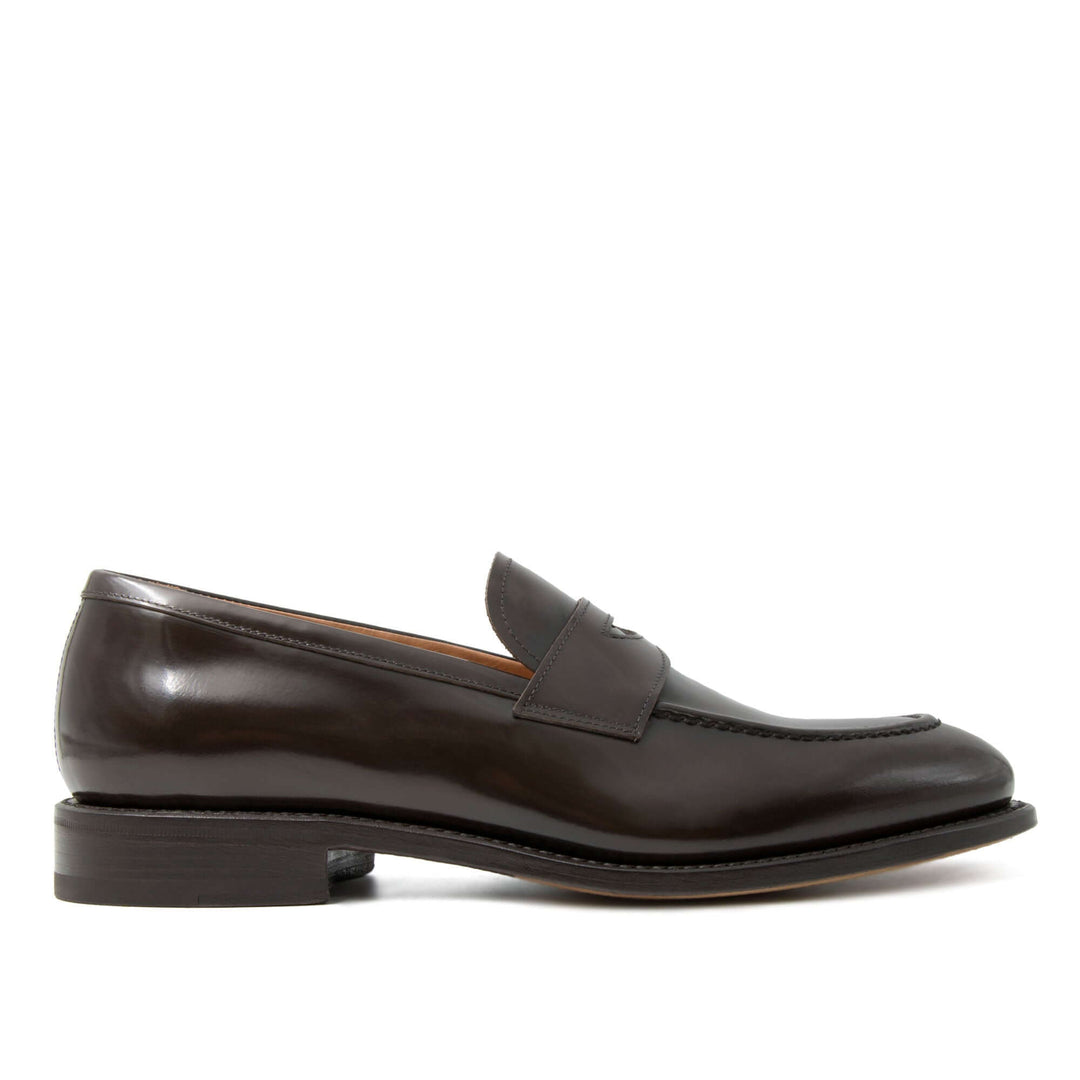In the vast panorama of men's fashion, few objects have proved their longevity and their charm like the English-style moccasin. This iconic shoe has become synonymous with timeless elegance, representing a perfect marriage between comfort and style. In this article, we'll explore the fascinating history of the English-style moccasin, from its origins as the traditional footwear of indigenous North Americans to its transformation into a symbol of sophistication in formal and informal wear.
The roots of the moccasin go back to the indigenous North Americans, especially the Algonquian tribes. These native peoples handcrafted footwear using animal hides, which were shaped and stitched to create soft, supple moccasins. These moccasins featured a thin, flexible sole, without the addition of heels or laces. Because of their comfort and versatility, moccasins quickly became a popular choice among Native American tribes.
The introduction of the moccasin to the Western world can be attributed to British Admiral Lord George Paulet during his visit to North America in the 19th century. Enchanted by the comfort and practicality of the indigenous moccasins, Lord Paulet decided to take them to England as a souvenir. This new form of shoe caught the attention of English nobles and high society, who soon adopted them as an elegant alternative to the stiff and uncomfortable shoes of the time.
Over time, the moccasin underwent several modifications to adapt to the tastes and needs of British high society. Initial details, such as the bow on the top, were added to give the moccasin a touch of elegance. Over the years, moccasins have evolved further, integrating new materials such as fine leather and rubber soles, increasing the durability and comfort of this shoe without compromising its style.
During the 20th century, the English-style loafer reached its peak of popularity due to its versatility and ability to match different styles of clothing. On the one hand, he was proudly worn by members of high society who appreciated his elegance and sophistication. On the other hand, it became a style icon for the rebellious youth of the 50s and 60s, who adopted the moccasins as a symbol of a nonconformist attitude.
Today, the moccasin continues to be a popular choice for men around the world. It has become a stylish alternative to formal shoes, which can be worn to the office or high-profile social events. At the same time, the moccasin has maintained its versatility, adapting to casual and informal looks.
The moccasin is a shoe that has gone through centuries of history and has maintained its position as an icon of timeless elegance. From its humble origins among indigenous North American tribes to its transformation into a symbol of style and status in English society, the moccasin has demonstrated its ability to adapt and influence fashion trends. Wearing an English-style moccasin today means embracing a tradition of refinement that has its roots in history, and at the same time keeping up with contemporary elegance.










